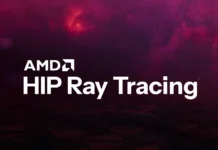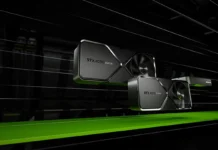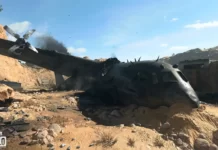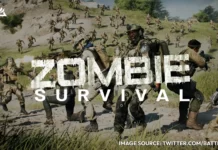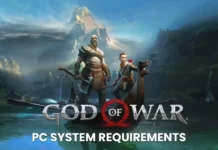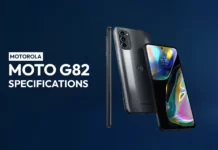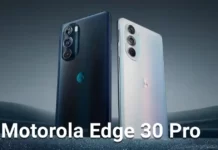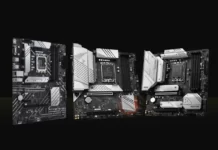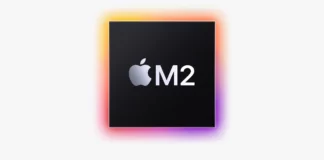For many months now, we’ve seen significant improvement and bug fixes connected to the Radeon Vulkan “RADV” driver within the Mesa3D platform on the Linux front, enhancing ray tracing games like Metro Exodus: Extended Edition, Deathloop, Resident Evil Village, Control, and the recent RTX update to the classic game, Quake II. Now, AMD is trying to introduce a builder that supports Parallel Locally-Ordered Clustering to help build bounding volume hierarchy nodes, or PLOC BVH, to improve the RTX skills of Quake II’s current results.
AMD improves Radeon Vulkan “RADV” open-source driver in Quake II RTX by use of the PLOC BVH builder, boosts ray tracing performance by 33%
The latest PLOC BVH builder, which Friedrich Vock requested yesterday in cooperation with Bas Nieuwnhuizen, will improve visual performance by up to 33% in the Radeon Vulkan driver for Quake II (RTX version). The PLOC BVH builder includes in-shader global synchronization as well as a task partitioning algorithm that is structured similarly to the GPU ray-tracing project, or GPURT for short. AMD’s open-source Vulkan Linux driver, AMDVLK, has been approved by the GPURT project to be used as an alternative to the RADV in the Mesa Project.
Nieuwenhuizen spoke about ray-tracing basics at the X.org Developers Conference (XDC 2022) last month, as well as AMD and the company’s Radeon RDNA 2 GPUs using ray-tracing functionality. The team having problems working to implement ray-tracing in older AMD GPU generations was one of the topics discussed. Persons taking an interest in the demonstration can view the published sessions on YouTube by following this link.

In the combined proposal, Vock stated that his “Benchmarking on a 6700XT reveals a 33% improvement in Q2RTX and nvpro demos. Control suffers slightly due to the longer build times, but it still improves slightly (around 47 -> 51 FPS).”
It seems that the build time has been reduced slightly, but it also would seem that progress has been made to advantage not only AMD with their Radeon Vulkan ray-tracing but also NVIDIA with their Vulkan ray-tracing.
According to Michael Larabel of the website Phoronix, AMD has decided to add so many hundred sections of new code in this new merge request before the window for adding more features to Mesa 22.3 closes in the first half of the next month.
News Source: wccftech.com
